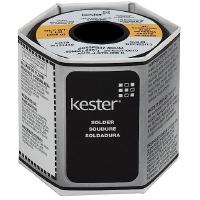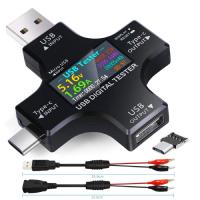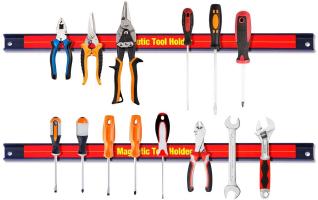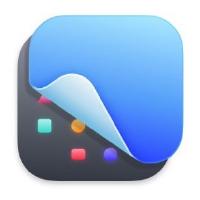I am always on the lookout for good tools and greatly appreciate when people share recommendations. To return the favor, this page has tools that I use and would recommend. Some similar webpages that inspired this one include thea.codes/tools, beckystern.com/tools, and wiki.nikiv.dev. I’d be delighted to receive more recommendations, so please don’t hesitate to share :)
Soldering station
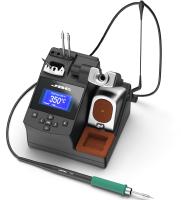
It is expensive but absolutely worth it if you are soldering a lot. I spent years using a Weller WES51, but after switching to thie JBC I can never go back. It heats up quickly, allows fast and easy swapping between different tips, and automatically lowers the heat when the iron is not in use (extending tip life). A variety of C245 cartridges are available. I use a C245966 big chisel, a C245741 regular chisel, a C245903 1mm conical, and a C245030 0.3mm conical tip.
A nice large surface to work on. It can easily be cleaned, won't melt or burn, and provides some handy sections/pockets for organizing small components.
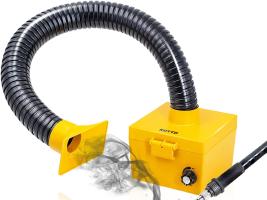
This is a significant improvement over the typical open fan with charcoal filter. The flexible neck allows you to position the suction close to the fumes, and you can use a compatible HEPA filter.
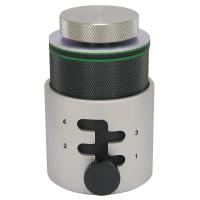
In the past I bounced around between using helping hands, a stick-vise, and small PanaVise for holding PCBs. Now I primarily use an Omnivise. It is hefty/sturdy and doesn't move around when you don't want it to, it can quickly be opened and closed for inserting or repositioning the board, and is small enough where you can easily rotate and maneuver it to access areas of the clamped PCB from different angles. I've not made one myself, but a 3D printed version weighed down with sand or BBs could potentially be a good, less expensive, alternative.
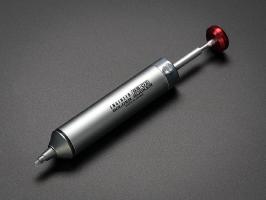
Soooo much better than standard inexpensive sucker and well worth the expense. Occasionally you will need to replace the silicone tip as well as empty/clean out the inside and relubricate the o-ring with silicone grease.

You'd think that all solder wicks are pretty much the same, but in my experience getting higher quality wick makes a big difference.
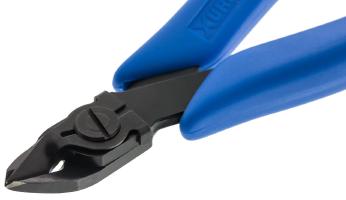
Clipping leads often results in tiny pieces of metal launching across the room or potentially into your face. These flush cutters have a retaining clip that pinches down on the would-be projectile.
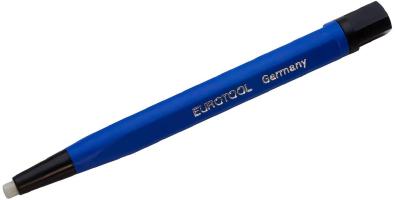
Sometimes it is necessary (for probing or adding bodge wires) to gain access to copper that is covered by a PCB's soldermask. This scratch brush makes quick work of removing the soldermask.
Electrical measurement
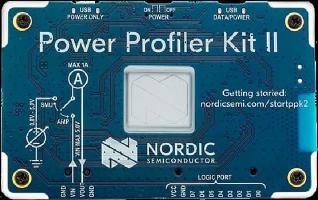
It can provide 5V USB power or sit in between your battery and the circuit. The plotting software provides a nice visualization of the current over time, and periods can be highlighted/selected to measure average current and power consumption.

I've primarily used it as a decent oscilloscope and waveform generator, but it can also be used as a variable power supply or logic analyzer. The combination of many tools, small size, and capable WaveForms software is a good value for the price.
Organization
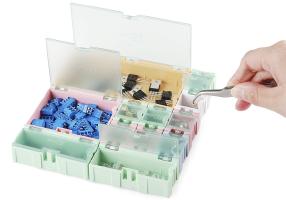
I use these boxes to organize all of my small components. They come in various sizes and can be slotted together to create project specific storage grids.
Software

A git client that has a great interface, is fast and stable. The built-in merge conflict resolver is particularly useful.
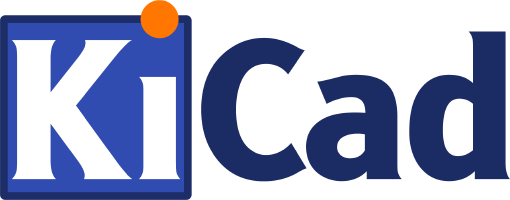
Free and open source PCB design software. Interactive HTML BOM and KiBuzzard are great plugins. Here's my custom symbol/footprint library for those that are interested.
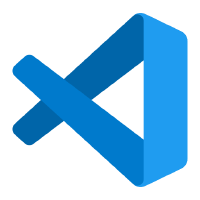
My daily driver code editor. Some extensions I use: Vim , GitLens, Markdown Preview Github Styling , vscode-icons, Atom One Dark Theme.

The tool I use for keeping notes and organizing my work. All files are local to your computer, no slow syncing with a server. Plugins that I use: Outliner, Paste URL into selection, Journals, Plugin Update Tracker.
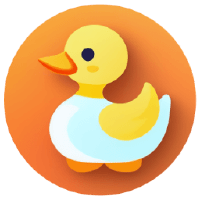
A file manager TUI. It is fast and easy to navigate to files using only the keyboard and comes out of the box with nice features like image previews. My config files.
